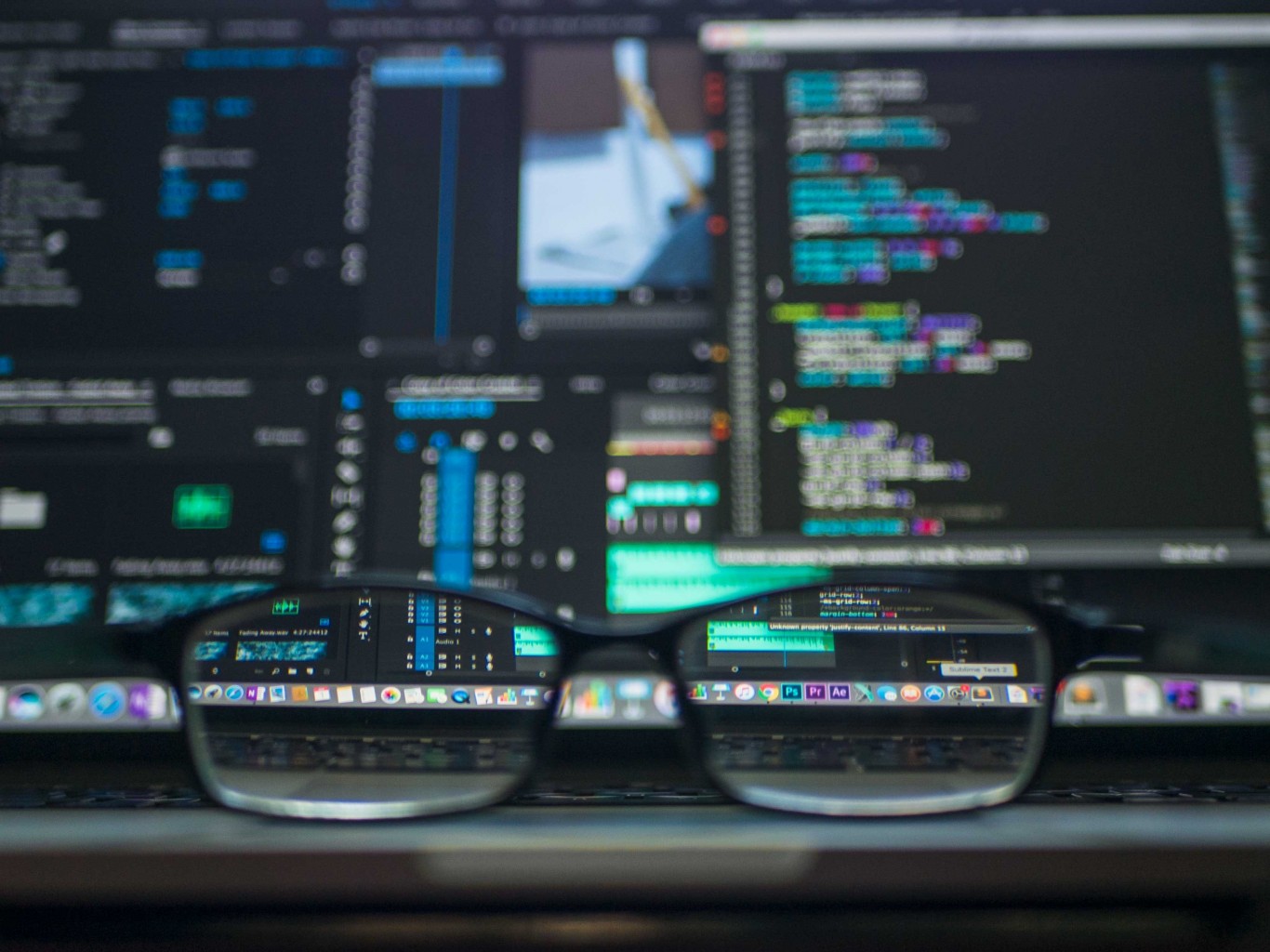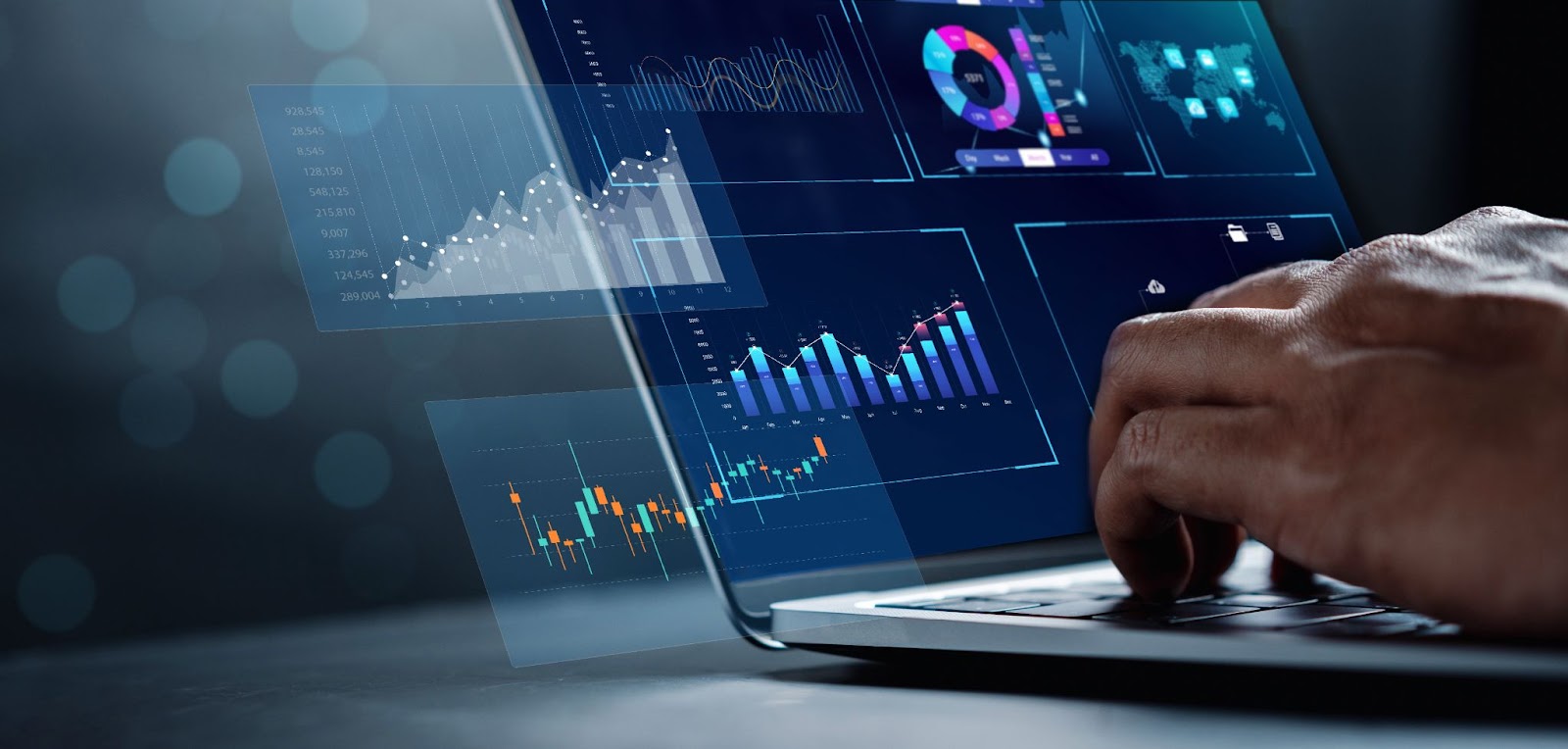CON2020 was initially scheduled to be an in-person conference held in Dallas from March 15 to March 18, but the realities associated with COVID-19 caused the event to go virtual. Rather than putting on a three-day event, CON2020 was an eleven-day virtual event spread over the month of September with various presentations and panels discussing issues related to intellectual property (IP).
The environment was comfortable and more casual than an in-person event, so the discussions were natural and easy to follow. Before diving deeper into CON2020 and the thoughts I had regarding the issues related to IP that were discussed, I wanted to highlight a few key takeaways.
Key Takeaways
- The pendulum is swinging and the latest changes related to IP are favoring patent holders.
- With the ongoing §101 ambiguity and increasing IP activity in China and the EU, the decline of U.S. stature within the patent world continues.
- Active IP areas include life sciences, pharmaceuticals, and automotive.
- Monetization of IP remains an interesting topic especially considering the emergence of litigation finance and the impact of COVID-19 on the economy.
- Other topics of interest include the treatment of SEPs, Artificial Intelligence, and the use of trade secrets and designs as alternative protection methods.
Conference Overview
The conference covered multiple IP topics, but mainly patents. For the most part, there was expressed optimism with patents. Many feel that Director Iancu hasn’t “changed” the law, but rather applied guidance that aids in providing more “balanced” analyses. There is agreement that the pendulum is swinging back to favor patent holders.
From a Trademark perspective, counterfeiting remains a serious problem, even though China appears to be strengthening its legal infrastructure. Despite the acknowledgment that it is very difficult to spot a fake from the original, consumers will succumb to the lower prices of counterfeit products.
For its part, the USPTO continues to remind audiences that counterfeiting is not a “victimless crime” and highlight that it often leads to additional issues like trafficking, drugs, and other crimes. There is clear agreement that China is gaming IP to extract an unfair advantage. Corporations and businesses are just starting to feel the pain and this is causing them to reconsider their relationships with their Asian counterparts.
The USPTO suggests that the U.S. should continue to innovate, however, there is concern that the U.S. has lost its competitive advantages. Many claim that the U.S. does not provide the necessary compensation or incentives causing many innovators to file applications in other geographies.
As one example of weakness associated with the U.S system, there remains concern within the patent world about the treatment of unpatentable subject matter, as highlighted in
35 U.S. Code §101. Many feel that recent case law and legislation (Alice, AIA, and others) make it far too easy for the courts to invalidate patents. Many also fear that the innovations from within those patents suffering a §101 rejection are lost on what amounts to a technicality, and feel that patents are rarely analyzed against the other sections in the code (102, 103, and 112), if only comparatively.
At this point, there is no confidence that Congress can step in to legislate a solution, which leaves any movement on the issue up to the courts. But there is a conflict here too in that many agree that recent Supreme Court decisions haven’t provided the necessary certainty to comfort patent holders.
Artificial Intelligence
Artificial Intelligence (A.I) was a hot topic at CON2020. Although it is becoming clear that there is more work that must happen before A.I. supplants the work of attorneys. This is because there is a disconnection on how the technology is supposed to impact the proposed uses. A phrase used to describe the gap between expectations and realization of Virtual Reality (VR) was mentioned as an analogy: “VR was the dream, but AR is the reality”.
Since A.I. can be used in so many different ways, there is also the issue of where exactly A.I. innovations fit into patent classifications. The difficulty lies in structuring patent claims so that they better fit into a particular art unit. There are also challenges in filing A.I. patents related to prior art. For example, many concepts around “machine learning” have been around for decades (referencing work done by Microsoft and others). So there is some expectation that A.I. patents will face substantial validity challenges.
Transactions
The IP Business Transactions panel was interesting as well. There was some discussion about COVID-19 and its impact. The assessment of the patent market is that the supply-side is very strong. There are plenty of patents available in the market. However, because of the economic and market realities, the demand for IP has dwindled. Instead of pure acquisition transactions, licensing has picked up to account for the overall slack. Companies are taking advantage of the situation to clear out any risk.
Additionally, and not surprisingly, Non-Practicing Entity (NPE) litigation is ramping up. More NPEs are taking advantage of the depressed market and are acquiring assets at low prices. On the other side of the equation, there is a tremendous flow of funding into litigation finance. Litigation finance is more than just funding: these outfits have the luxury of preparing intricate diligence so that when the patents are asserted, they stand a better chance of a positive outcome.
To a lesser extent, there are practicing entities that are purchasing assets in preparation for future counter assertions. Areas that are seeing heightened activity include Healthcare, Medical Technology, and Automotive.
There was much more available than I am able to touch on. Hats off to the folks at IPWatchDog for putting together such a comprehensive offering. It is clear that despite negative economic trends, IP will remain a lynchpin as entities work through dramatic changes to their operating plans and strategies. It may do well to keep an eye on the movement of IP as it may provide a forecast of things to come.





